This book contains the papers presented in the 4 th International Conference on Inverse Problems in Engineering: Theory and Practice. This conference is or-ganized under the auspices of United Engineering Foundation and is held in a three-year cycle. Previous versions took place in Palm Coast, Florida, in 1993; in Le Croisic, France, in 1996; and in Port Ludlow, Washington State, in 1999. The series of Inter-national Conferences on Inverse Problems in Engineering: Theory and Prac-tice finds its roots in the informal seminars organized by Prof. James V. Beck at Michigan State University, which were initiated in 80’s.
The 4 th International Conference on Inverse Problems in Engineering: Theory and Practice was held during May 26 – 31, 2002, in the beautiful Hotel Portobello Resort & Safari, located near the city of Rio de Janeiro. The resort provided a unique atmosphere for 99 conference participants, from 21 different countries, to present their most recent research results and for the technical discussion of their findings. The 4 th International Conference on Inverse Problems in Engineering: Theory and Practice was co-promoted by the Brazilian Society of Mechanical Sciences (ABCM), the Brazilian Society of Computational and Applied Mathematics (SBMAC), and by COPPE, which is the graduate school in engineering of the Federal University of Rio de Janeiro (UFRJ). It was co-sponsored by the following agencies of the Brazil-ian Government: CNPq, from the Ministry of Science and Technology; CAPES, from the Ministry of Education and Culture; and the National Oil Agency (ANP), from the Ministry of Mines and Energy.
The 4 th International Conference on Inverse Problems in Engineering: Theory and Practice counted with 159 submitted abstracts, resulting on 104 accepted papers. A total of 98 papers were scheduled for presentation in the conference, distributed in 25 oral sessions and in 1 poster session. Invited key-note lecturers were presented by Prof. A. Yagola (Russia), Prof. G. Chavent (France), Prof. O. Alifanov (Russia), Prof. Y. Jarny (France) and Prof. N-Z. Sun (USA). Prof. K. Woodbury (USA) and Prof. B.Blackwell (USA) were invited to give tutorial sessions. I would like to express my gratitude to the members of the organizing and scientific committees for playing a fundamental role towards the success of the conference, as well as to the invited speakers for kindly accept-ing my invitation to share with the participants their knowledge on important sub-jects in the inverse problems field. Because of the large number of papers sub-mitted, several other reviewers were invited to give their contributions to the con-ference by evaluating papers, in addition to the members of the organizing and scientific committees. They include Prof. J. P. Kaipio (Finland), Prof. L. Olson (USA), Prof. A. Haji-Sheikh (USA), Prof. J. G. Berryman (USA), Prof. R. Y. Qassim (Brazil), Prof. B. Dennis (Japan), Prof. G. R. Liu (Taiwan), Prof. H. Telega (Poland), Prof. V. Steffen Jr. (Brazil), Prof. F. Rochinha (Brazil) and Prof. M. D. Mikhailov (Brazil).
It was a great honor for Brazil to host the 4th International Conference on Inverse Problems in Engineering: Theory and Practice and, personally for myself, to be its chairman. The next conference shall take place in the United Kingdom in 2005 and Prof. Daniel Lesnic has agreed to lead the organizing committee for that event.
Helcio R. B. Orlande
Rio de Janeiro, Brazil
SUMÁRIO
FOREWORD
KEYNOTE LECTURERS
Mathematical and experimental simulation in designing and testing heat-loaded engineering objects – Oleg M. Alifanov
Inverse heat transfer problems and thermal characterization of materials – Yvon C. Jarny
Parameter structure identifiability and experimental design in groundwater modeling – Ne-Zheng Sun; Frank T.-C. Tsai; William W.-G. Yeh
Numerical methods and regularization techniques for the solution of ill-posed problems – Anatoly G.Yagola; Valery N.Titarenko
TUTORIAL SESSIONS
Sensitivity and uncertainty analysis for thermal problems – Bennie F. Blackwell; Kevin J. Dowding
Application of genetic algorithms and neural networks to the solution of inverse heat conduction problems – Keith A. Woodbury
ALGORITHMS,THEORETICAL AND MATHEMATICAL ASPECTS
A Feynman-kac method for the determination of the Stefan’s free boundary – Eduardo Souza de Cursi
Source terms identification for the diffusion equation – Zhuobiao Yi; Diego A. Murio
Local regularization algorithms of solving coefficient inverse problems for some differential equations – Alexandre Grebennikov
Function optimization using extremal dynamics – Fabiano Luis de Sousa; Fernando Manuel Ramos
Comparison of various methods for solving the Cauchy problem in linear elasticity – Liviu Marin; Lionel Elliott; Derek B. Ingham, Daniel Lesnic
Second order methods for inverse problems: an application in hydrology – François-Xavier Le Dimet; Pierre Ngnepieba
Backward specification of prior in bayesian inference as an inverse problem – Andrei V. Gribok; Aleksey M. Urmanov; J. Wesley Hines; Robert E. Uhrig
Optimal choice of descent steps in gradient type methods when applied to combined parameter and function or multi-function estimation – Tahar Loulou; Eugene Artioukhine
Interior point algorithms for nonlinear constrained least squares problems – José Herskovits; Veranise Dubeux; Cristovão M. Mota Soares; Aurélio L. Araújo
Selection of multiple regularization parameters in local ridge regression using evolutionary algorithms and prediction risk optimization – J. Wesley Hines; Andrei V. Gribok; Aleksey M. Urmanov; Mark A. Buckner
Homogenization technique in inverse problems for boundary hemivariational inequalities – Stanistaw Migórski
A combination of genetic algorithm and neural network for diagnosing arteriosclerotic lesions – Pedro P. B. de Oliveira; Osmar Vogler; Cláudia E. da Matta
Numerical solution of nonlinear synthesis problems of radiating systems according to the prescribed power directivity pattern – P. O. Savenko
A parallel global optimization algorithm for solving inverse problems – Henryk Telega
Curvature steps and geodesic moves for nonlinear least squares descent algorithms – Guy Chavent
A rocket tracking analysis using constant-gain filters – Mauricio A. Pinheiro Rosa; Francisco A. Braz Filho; Lamartine N. F. Guimarães; Alexandre D. Caldeira, Eduardo M. Borges and Jonas Rubini Jr.
Identification of the groundwater table location in the forest impact problem – Anatoli Leontiev; Ronaldo da S. Busse; Wilma Huacasi; José Herskovits; Cirstovão M. Mota Soares
On the influx to the outflux mapping for the transport equation – Nilson C. Roberty
SOLID MECHANICS AND GEOPHYSICS
An inverse vibration problem for simultaneously estimating the time-dependent stiffness coefficients – Cheng-Hung Huang
Response surface method for solution of structural identification problems – Rolands Rikards; Janis Auzins
Identification of weak non-linear damping forces from system response – C.Meskell
On the identification of constitutive parameters of viscoelastic materials by means of a time domain technique – Daniel Alves Castello; Fernando Alves Rochinha
On some applications of the regularized Moore-Penrose pseudoinversion method in applied geophysics – Vesselina Iv. Dimova
Electric and seismic inversion in anisotropic inhomogeneous media – Jörg V. Herwanger; Christopher C. Pain; Cassiano R. E. de Oliveira
Pointwise estimation of material properties of a beam by electronic holography – Dan Borza; Eduardo Souza de Cursi
Investigations on defect identication in metallic walls using artficial neural network and the finite element method – Naasson P. de Alcântara Jr.; Alexandre M. de Carvalho; Alfredo J. C. Ulson
Nonlinear identification of mechanical systems using orthogonal functions – Ricardo P. Pacheco; Valder Steffen, Jr
Estimation of internal sources in natural waters using remote sensing data – E. S. Chalhoub; H. F. de Campos Velho
Passive electric potential CT method using piezoelectric material for crack identification – Daiki Shiozawa; Shiro Kubo; Takahide Sakagami
Estimation of the release history of a contaminant source in 2-D groundwater systems – Nerbe J. Ruperti Jr.
Modeling inverse subsidence diffusion-convection in geostructures – Emmanouil G. Vairaktaris; Ioannis P. Vardoulakis; Euripides Papamichos; Vasilios A. Dougalis
Vibration-based identification of isotropic material properties by quasi-binary electronic holography and finite element modelling – Dan N. Borza
Identifing counter-gradient term in convective planetary boundary layer – Débora R. Roberti; Haroldo F. de Campos Velho; Gervásio A. Degrazia
Identification of aquifer transmissivity from interior point observation – Kazuei Onish; Kazuya Yasuhara; Satoshi Murakami; Yoko Ohura; Kentaro Iijima
Evolutionary identification of material defects – Tadeusz Burczynski; Waclaw Kus; Piotr Orantek; Marek Nowakowski
Recovery of cracks using a point-source reciprocity gap function – Carlos J. S. Alves; Jalel Ben Abdallah; Mohamed Jaoua
3D inverse analysis model using semi-analytical differentiation for mechanical parameter estimation – R. Forestier; Y. Chastel; E. Massoni
Genetic algorithms for identification of elastic constants of composite materials – Mariana F. T. Silva; Lavinia Maria S. A. Borges; Fernando A. Rochinha; Luís Alfredo V. de Carvalho
An inverse technique for identification of elastic constants of a glass/epoxy laminated plate – X. Han; G.R. Liu
A modified micro genetic algorithm with intergenerational projection and inverse identification of material properties of a printed circuit board – Z. L. Yang; G. R. Liu
INVERSE DESIGN AND OPTIMIZATION
Inverse heat transfer for optimization and on-line thermal properties estimation in composites curing – Alexandros A. Skordos; Ivana K. Partridge
Inverse design of gas turbine components – AndreasTroxler
Optimization of processes involving coupled electromagnetic and heat transfer analysis – François Bay; Valérie Labbé; Yann Favennec
Optimal control for the ultrasound induced heating of a tumor – Matti Malinen; Jari P. Kaipio; Tomi Huttunen
Robust design optimization strategy of ioso technology – Igor N. Egorov; Gennadiy V. Kretinin; Igor A. Leshchenko
Parameterized geometry formulation for inverse design and optimization – Helmut Sobieczky; George S. Dulikravich; Brian H. Dennis
Development and applications of optimisation and inverse modelling in the manufacturing of aluminium alloy products – Darius P. K. Singh; Gordon Mallinsona

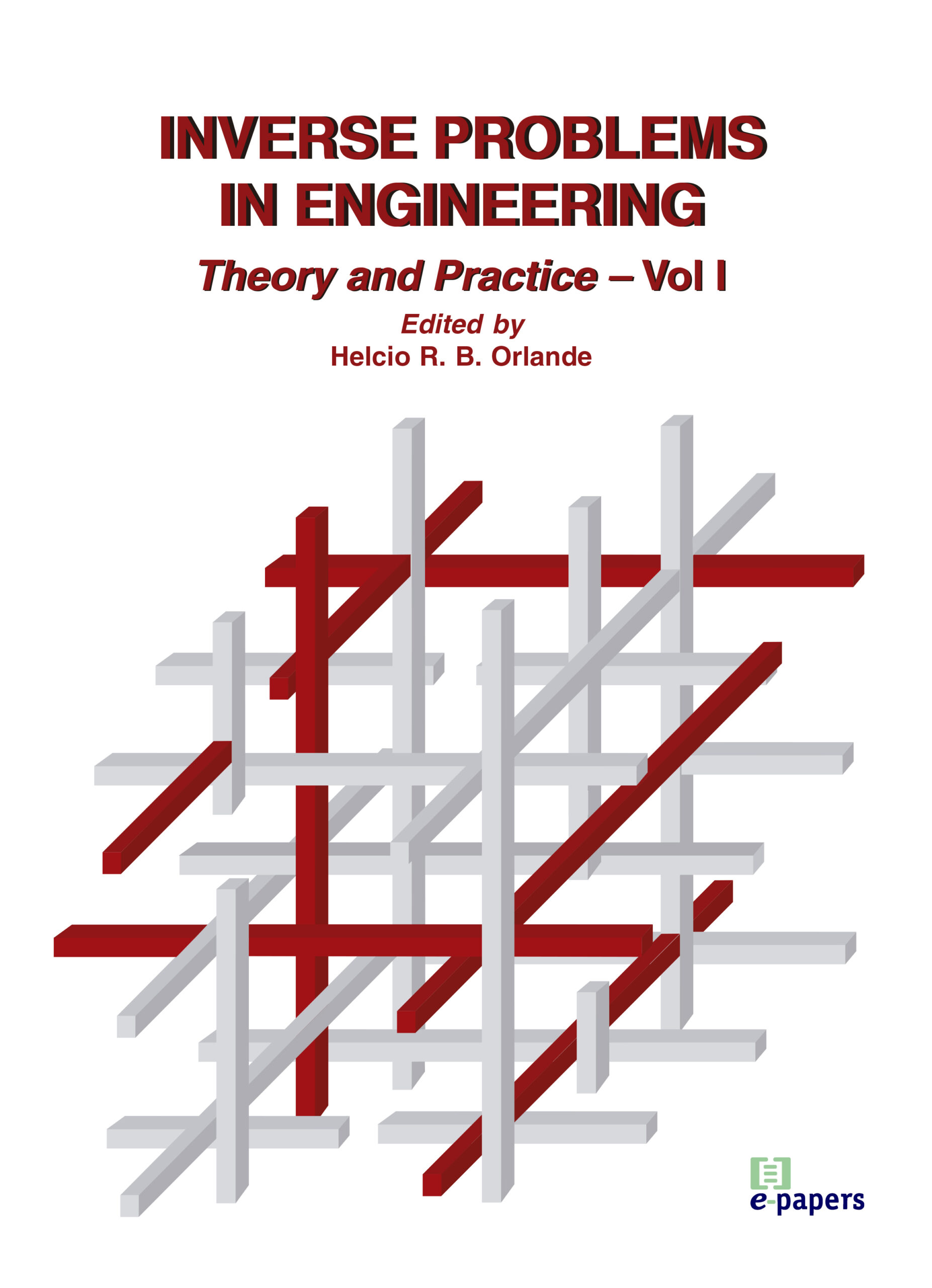
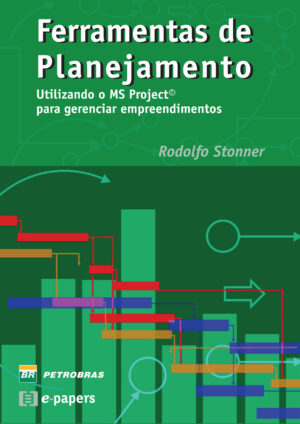
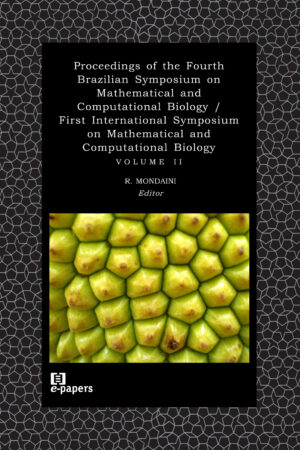
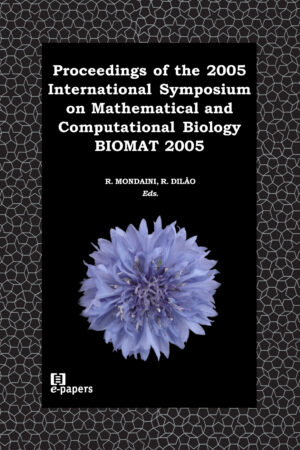
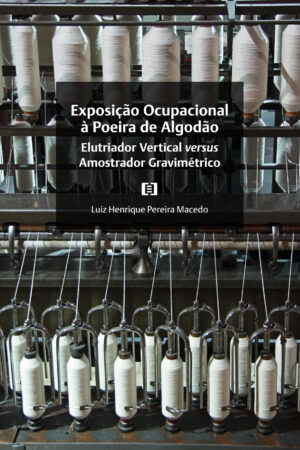

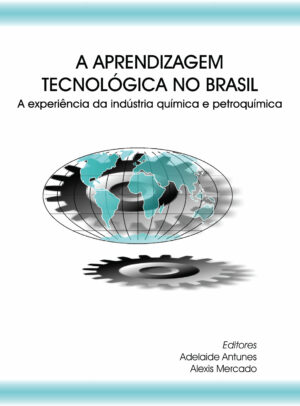
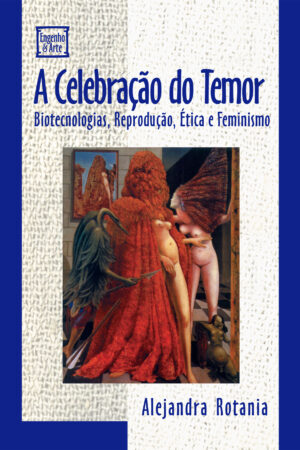
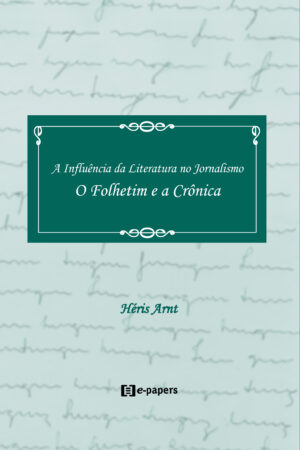
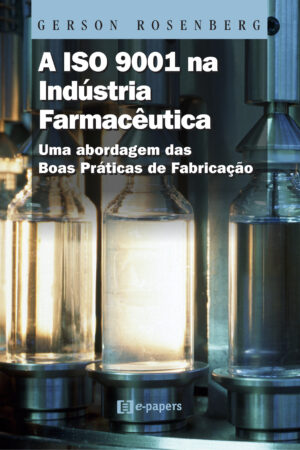
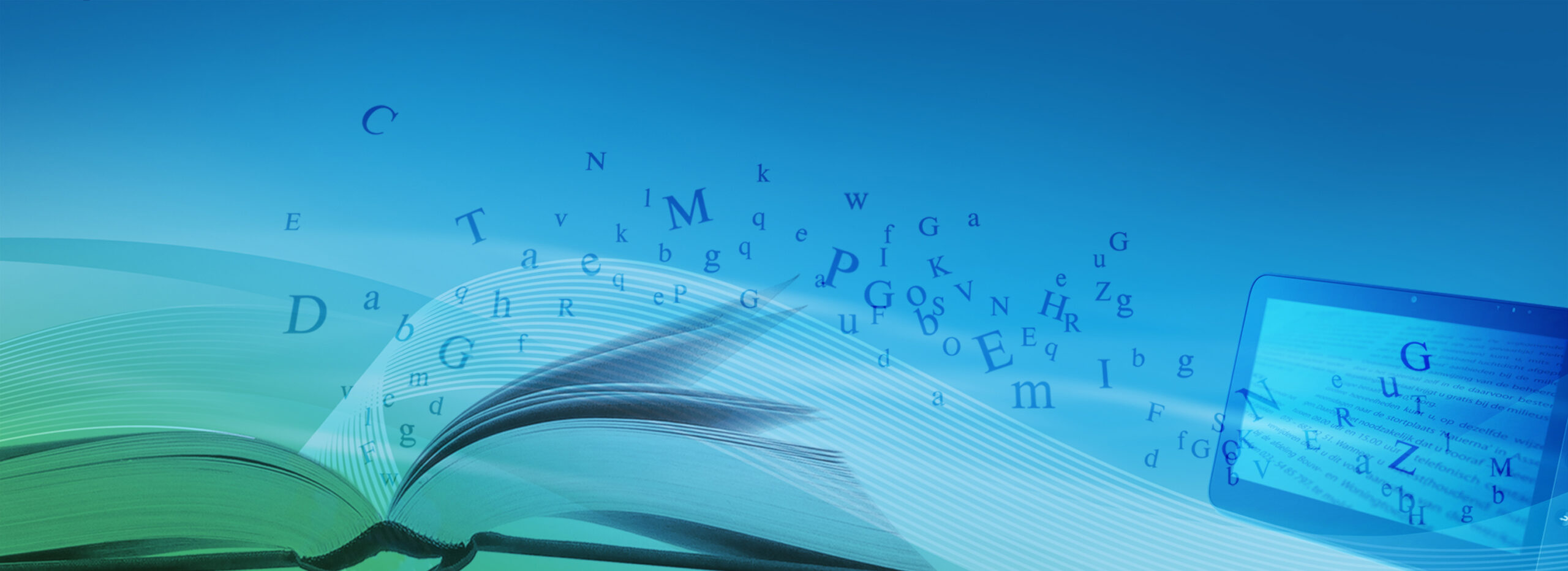
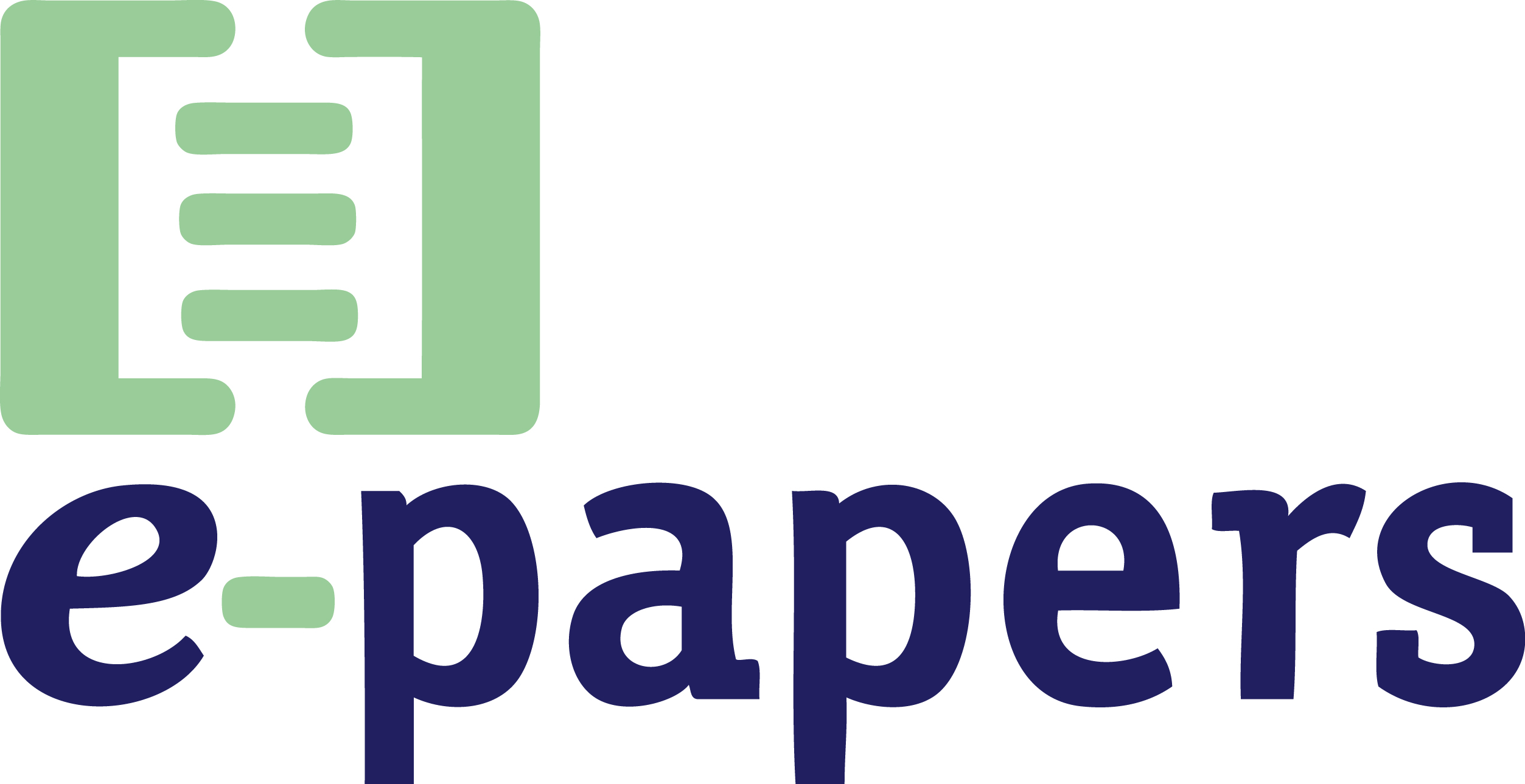
Avaliações
Não há avaliações ainda.